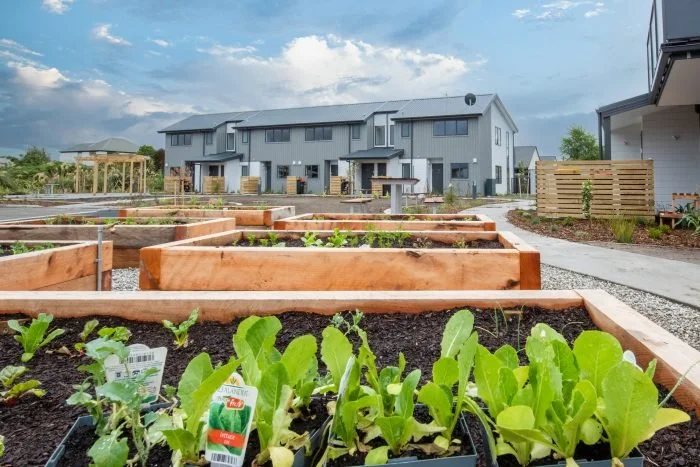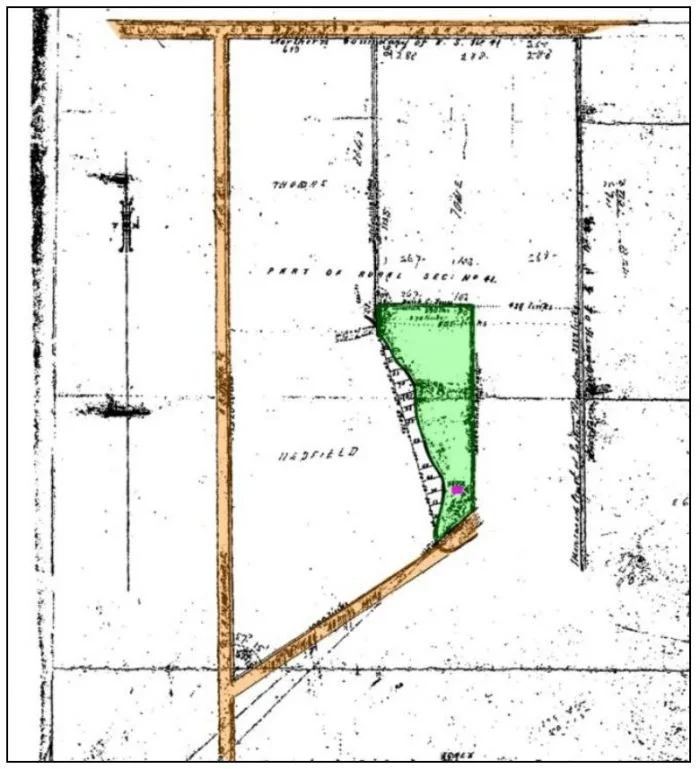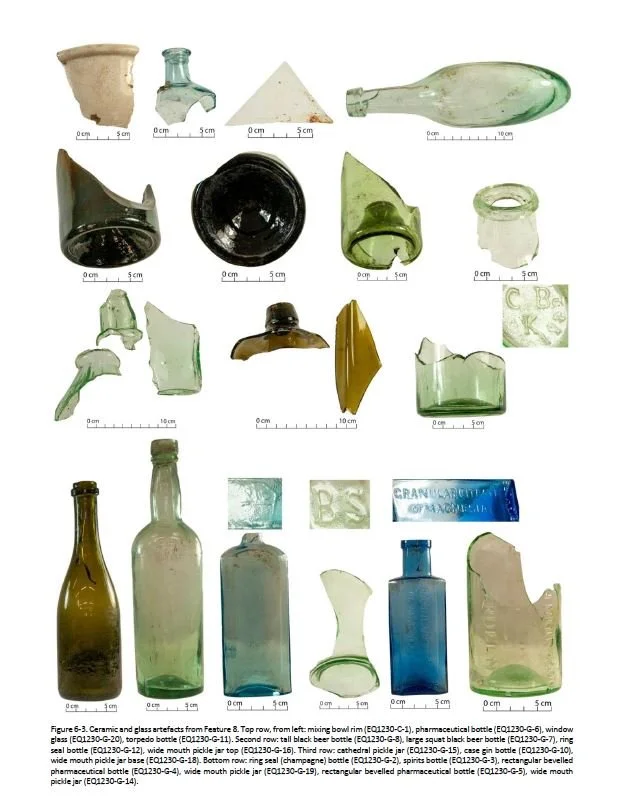A history in 31 objects
Gowerton Place was owned by a Hungarian Army officer who fought in the ill-fated Hungarian Revolution.
Gowerton Place was opened in December 2021. It sits on land previously home to a Christchurch City Council social housing complex.
What’s now home to 37 modern community housing homes was tree-dotted pasture when Morice Bing, a wool classer, bought it in the mid-1860s.
He’d been in New Zealand since 1860, after eight years in Australia. He left Hungary in the wake of the revolution; he’d fought for the losing side.
Bing ran cattle on some of the land, which was just a sliver of the block whose parts he either sublet or on-sold.
His landholding was so prominent that this part of Christchurch was given his name. For years, what we call Richmond was called Bingsland.
More of the land was subdivided into building blocks and there was a year-old house on what nearly 100 years later would became Gowerton Place, when it was sold in 1874.
The house kept its tenant – a gardener appropriately named Burrows – before it was sold to its first, long-term owner in 1876.
Kate Dench was born in Sydney the same year the Treaty of Waitangi was signed.
The Gowerton block as it was in 1874. The wee pink dot is the first house on the site.
She emigrated to New Zealand and married a carpenter, Edward, an English immigrant who lived at Avonside.
He was living in Avonside when the house was bought in her name. She was living in Bingsland when she signed the Women’s Suffrage Petition.
Kate’s house was at the very southern end of our block, but it was not on Gowerton Place. That road wouldn’t be there until the late 1960s.
Her home was on Vogel St, which for ages was her property’s only link to Stanmore Rd.
The first aerial photograph of the Gowerton block, from the 1940s. It’s pastureland, dotted with trees, with two dwellings. There was little further development until 1965 when the whole section was cleared, Gowerton Place was formed, and eight social housing units were built.
This changed in 1899, when she sold some of her land to the council, to extend George St from Stanmore Rd to Vogel St.
George St was renamed Warwick St in 1911. Without Kate, there’d be no kink in the road to access Gowerton Place.
Kate sold her house to William Genet, a fruiterer, in 1905. By then, the occupants had left some tantalising clues as to how they lived.
The detritus of 19th Century life buried in the ground near where their house once stood was recovered early this year.
Ceramic material found during the archaeological dig.
ŌCHT commissioned Underground Overground Archaeology to undertake archaeological investigations ahead of the Gowerton development.
They paid close attention to the foundation removal and earthworks and identified nine archaeological features.
It’s fair to say none were especially earth-shattering. It’s fair to say two of the best were absolute rubbish.
The archaeologists found an assemblage of broken household artefacts in the area where Burrows and Kate’s house originally sat.
Booze, medicine and pickles were consumed by people living at what became Gowerton Place.
They found bits of a mixing bowl, pickle jars and pharmaceutical, beer and spirit bottles. Many were imported from England.
All those pickles and all that booze might’ve taken their toll: the dig suggested someone had a sore stomach.
One of the bottles used to contain granular citrate of magnesia, marketed by a London chemist as a remedy for stomach ailments.
The archaeologists didn’t find much to help further understand pre-1900 life on the site.
They unearthed just 91 fragments of at least 31 items largely typical of what you’d find in any 19th Century rubbish pile hidden around the city.
That doesn’t mean Gowerton Place is a historical write-off. Much of the site (about 65%) was unexcavated so more clues may lie underground.
The archaeologists say they’ll need to do another archaeological assessment if further earthworks are planned.






